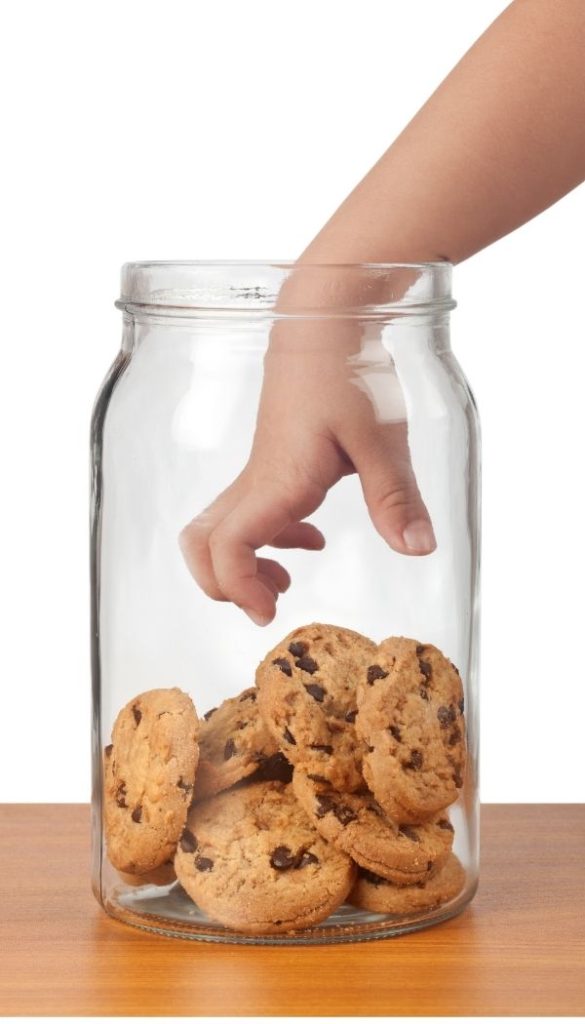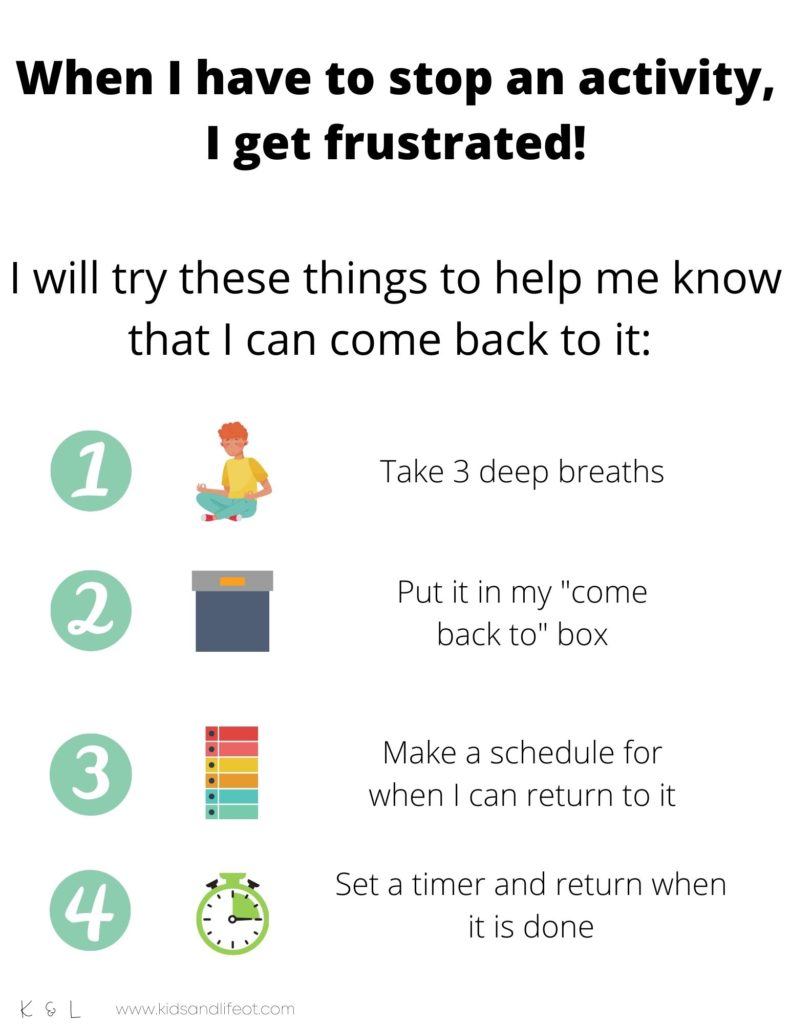
We continue to discuss the reasons we might see children display challenging behaviors and ways to address them. As a reminder, consider starting here to learn more about the functions of behaviors or other reasons behaviors may occur. The focus of this post is to explore the behaviors we see when the child wants something in return. I might refer to this as a tangible.
There are so many behaviors we all do in order to get something in return. This is the reason behind an incentive. Children might show a behavior or complete an activity in order to get a toy, a treat, or a privilege.
This post will be focused on ways to encourage positive behaviors using access to tangibles, but know that a child may display negative behaviors to get something too. We’ll start there.
How to address negative behaviors
How about that kiddo that just straight up rips the toy from another child’s hands? Yup, that happens. Why? To get the toy and really no other reason. Likely, the child isn’t manipulative or rude, they just truly want the toy. Or the child that sneaks the candy from the pantry. Is it to be straight up mischievous and sneaky and to break the rules? No, it’s just to get the candy.
So how do you address this?
- Provide options for the child to communicate or request the object. This might be through verbal communication, a sign language gesture like “please,” or pointing at a picture.
- Practice turn taking or trading objects for more appropriate ways to share.
- Set timers and use a visual picture to support turn taking.
- If the desired object is unavailable, offer a choice of two other preferred objects. “We are not having Halloween candy right now. Your choices are an apple or a banana.”
- I highly suggest not giving them the object, food, or activity that they are wanting when they are displaying a challenging behavior. You can change the expectation all you want (make it super easy!) but try to have them show a behavior that is acceptable prior to receiving the tangible.
- Try a social narrative or story that helps the child understand an appropriate response when we don’t get what we want. The one included below is one that can be used when a child has difficulty transitioning away from a preferred activity.

How to use tangibles to promote positive behaviors
There are some kiddos that have intrinsic motivation to show positive behaviors. However, for other children, they need some extra help and extrinsic motivation to create habits.
Using incentives is not wrong in promoting positive behaviors. Parents do this all the time to help teach an understanding of responsibility. We have to complete an activity before we get to do the thing we want. Really, this is a good life lesson. We have to do things that are not so fun before we do fun things (whomp whomp). This can look a number of ways, depending on the child’s needs. Here are some ideas, consider using them the way you need to for your child understanding.

- Use first-then language or visuals to promote completing one task prior to the desired object or activity.
- Try verbal language only: When you complete your chores, you can play with your friend.
- Consider a system such as allowance. This provides a long term incentive and access to tangibles that relates to real life. Establish a set amount of income weekly, bi weekly, or monthly, and establish a list of expectations and when they need to be done. This is likely for older kids that can plan ahead.
- Use a reward chart such as the one above. Having fewer times that the behavior is expected is easier. Start with around 3 before getting the reward and work up from there.
- Consider an immediate reward and tool that acts like a third party, such as the Token Timer. Read on for more information. This is a device that is specifically designed for monitoring screen time.
The Token Timer

How many kids out there cannot tolerate screen time limits? A lot. The answer is a lot. Some children might need concrete start/stops to the access of a screen. It also really helps to have a third party object be the decider of those start/stop times. It’s like any timer: “Oh the timer went off, that means it’s time to clean up!” We the parent aren’t saying it is time, the timer is saying it is time. The Token Timer is an awesome tool that can specifically work with children that might have difficulty being flexible in their thinking.
It works by allotting a certain amount of time to a device per token that is given. The parent decides how much time each token is worth. Then the child could use achieve tokens through positive behaviors. I think this can be greatly helpful if you are finding yourself in a constant battle with your child around screens and devices. It could also be helpful with a specific task, such as homework, before screen time. Provide a token per homework assignment, or give the token once the assignment notebook is checked off.
So there we have it. I think this particular reason we see behaviors is really hard for parents to understand and handle. No one wants their kid displaying a negative behavior in order to get something. But really, kids’ brains just haven’t developed enough to reason through rights/wrongs when they want something. Add in communication difficulties, emotional regulation challenges, and inflexible thinking, and this can be a very challenging thing for kids!
Share with me! What are some of your favorite strategies for redirecting away from challenging behaviors to receive objects or your favorite incentive programs?





One thought on “How to Address Behaviors That are Shown to Access Objects”